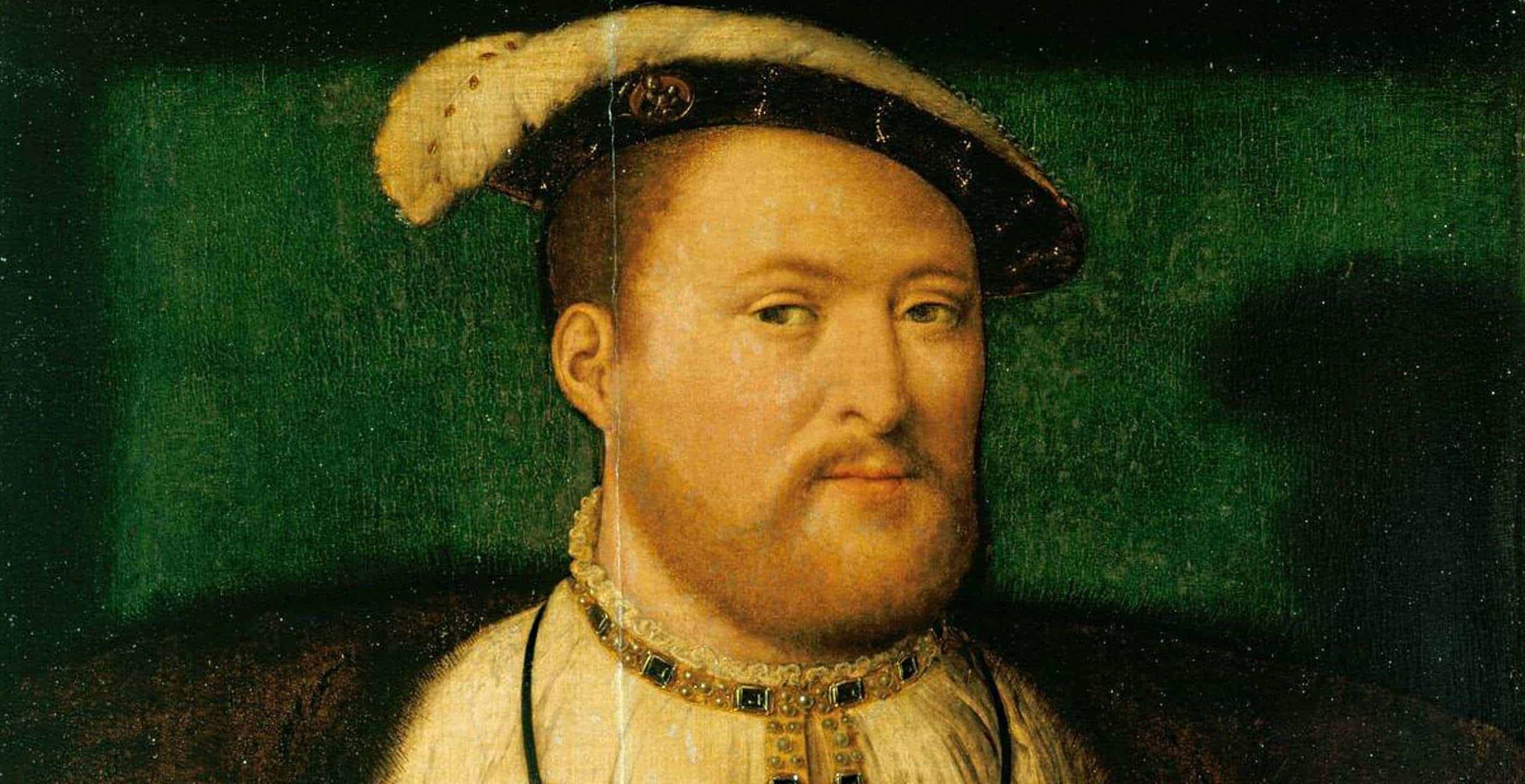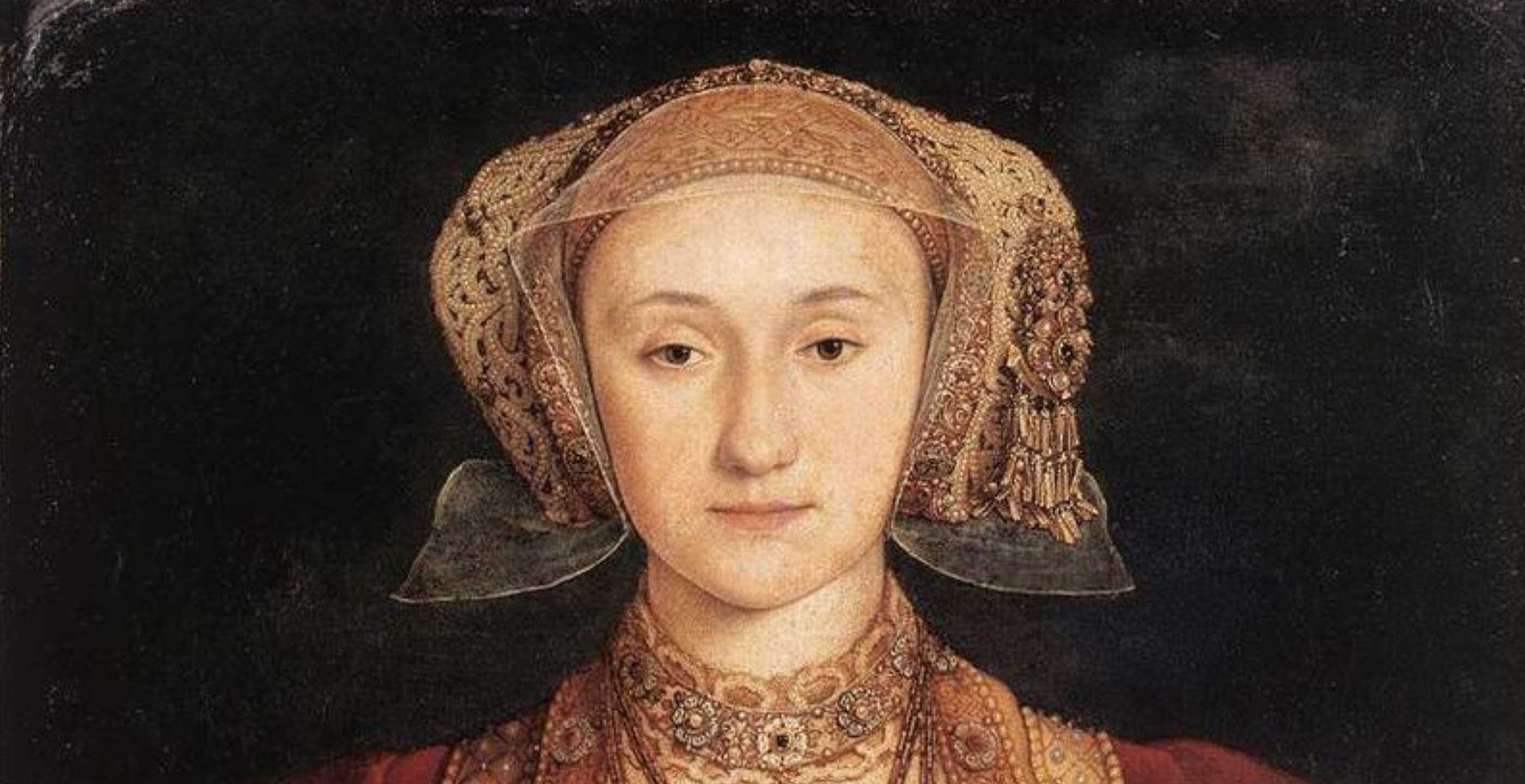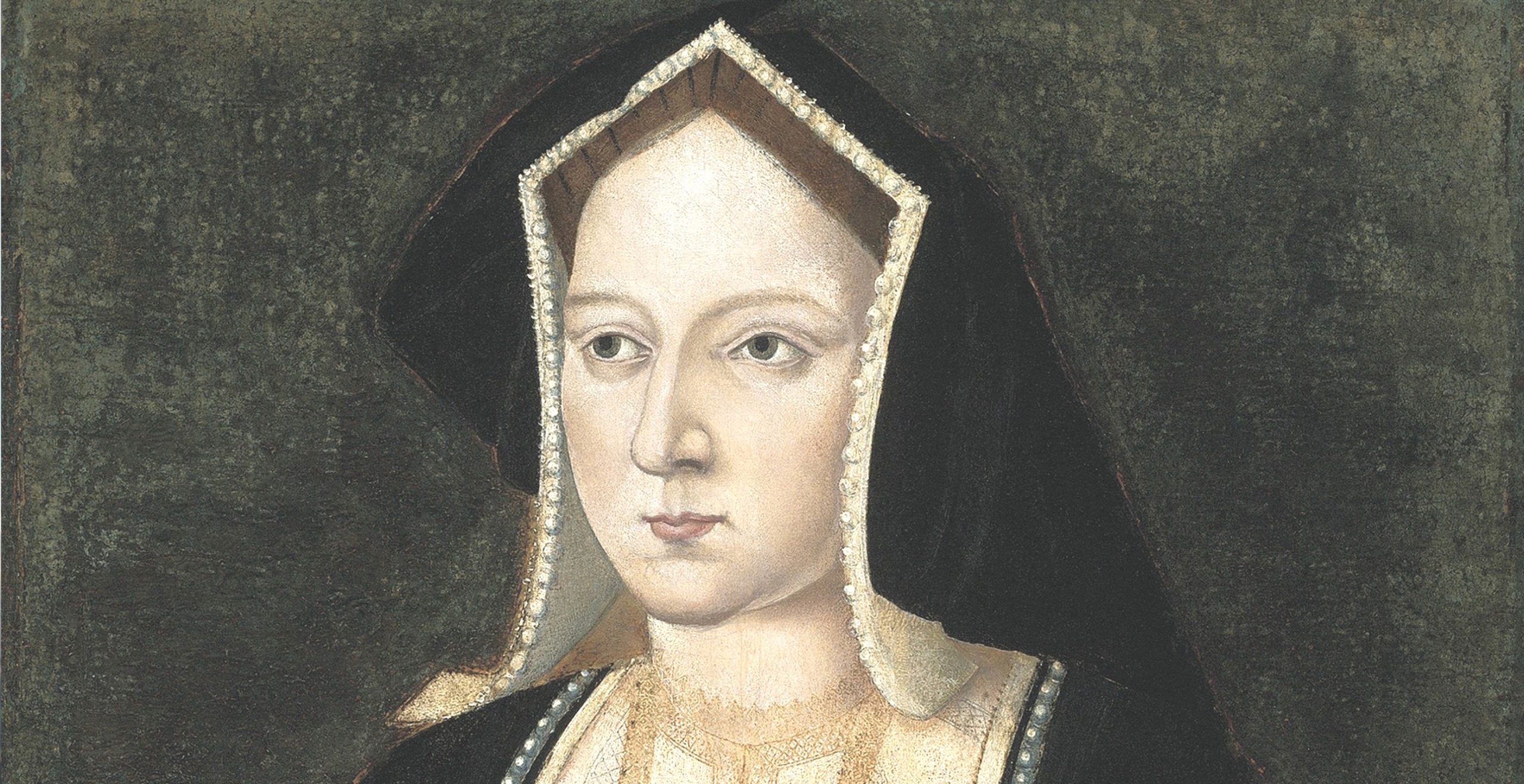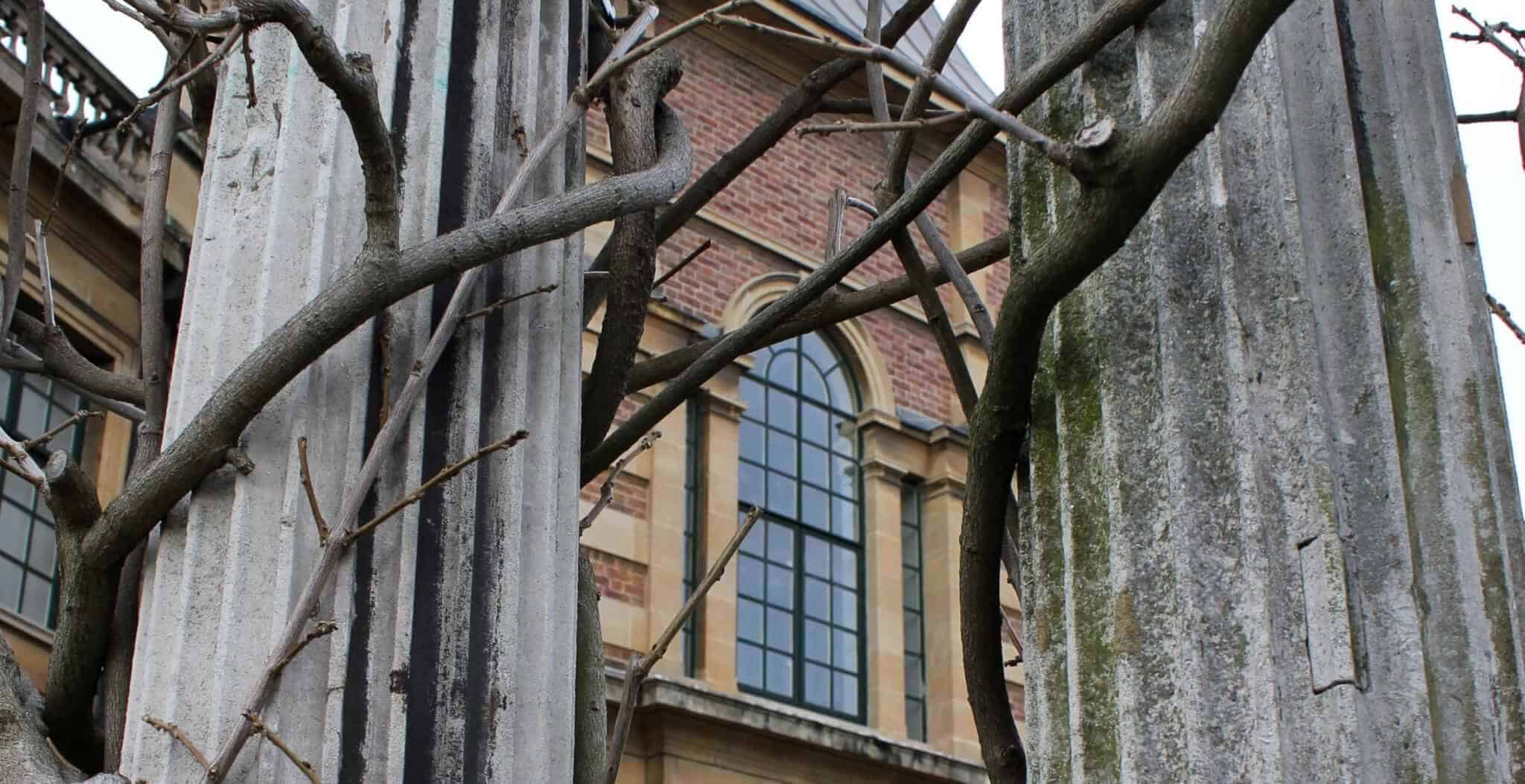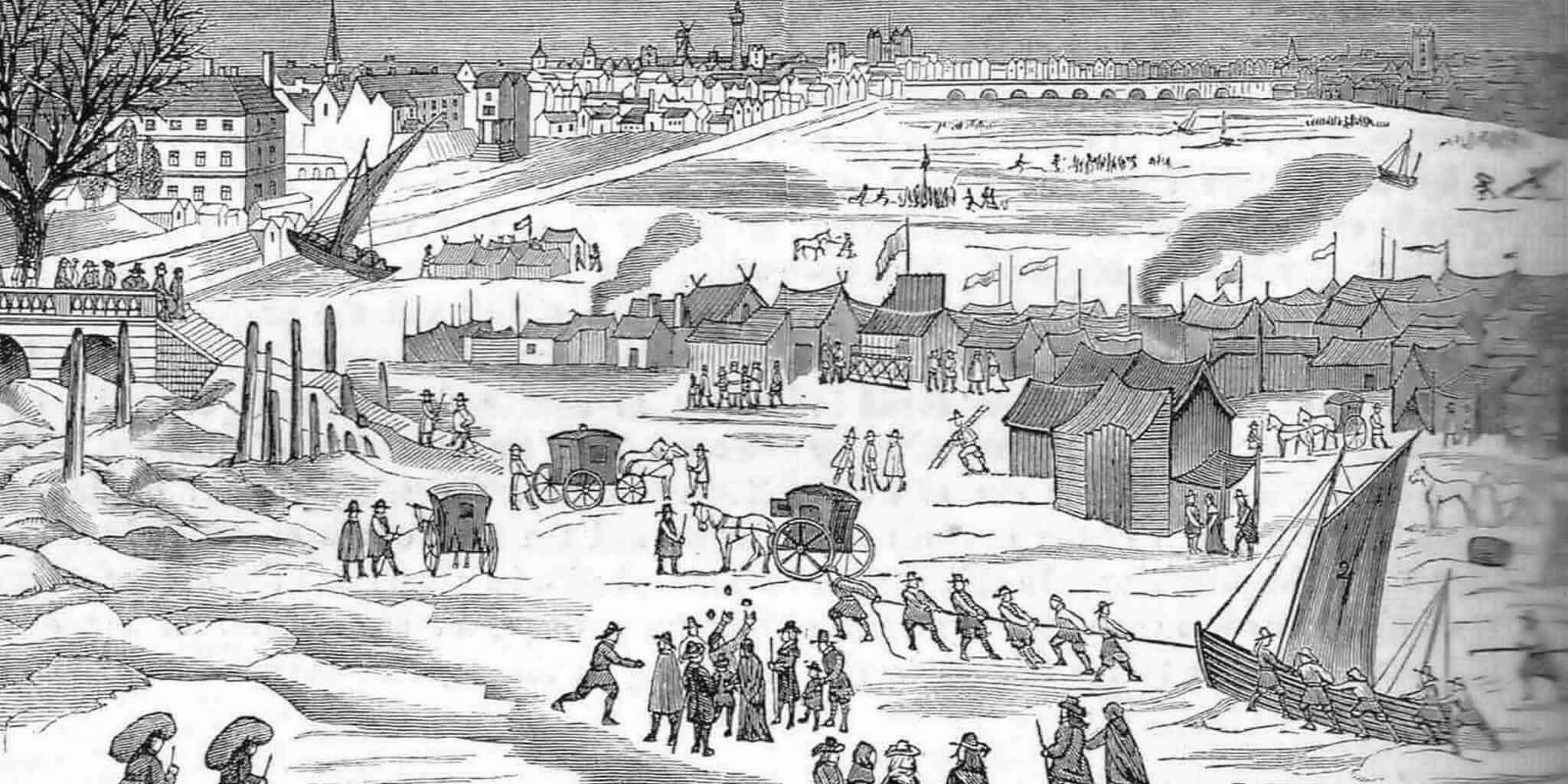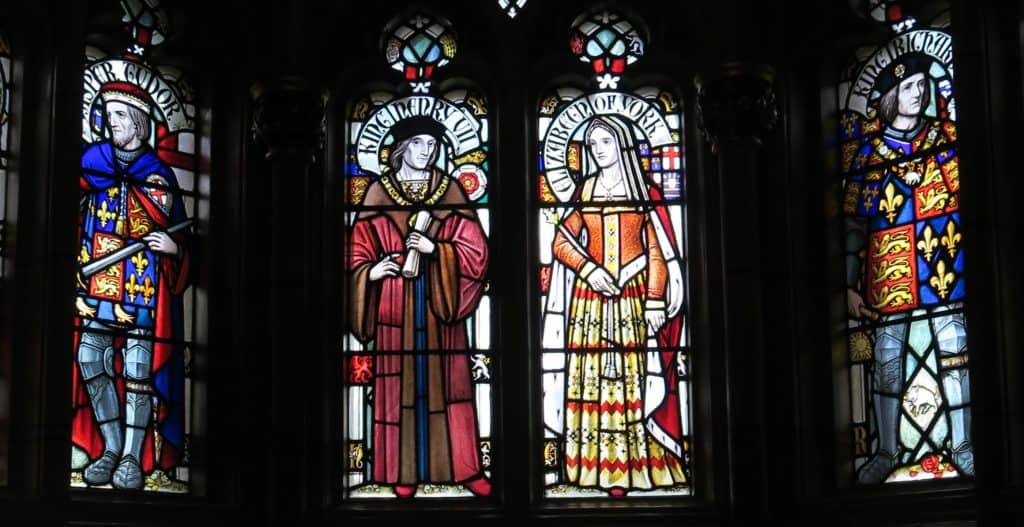Everyone has an image in their mind of King Henry VIII. Most are aware that he had six wives and that he led England to break away from the Catholic church. However, in 1518, Henry was married to Katherine of Aragon and could not predict that he would have five more wives in the future. Nor, presumably, could he have predicted the break with Rome, which was to come about in the 1530s. In 1518, Henry was still loyal to the Catholic Church and only the previous year had been given, by Pope Leo X, the title “Defender of the Faith.” This is the reason why all our coins still have engraved upon them the abbreviation Fid.Def. In 1518 Henry was still close to Cardinal Wolsey, one of his closest advisers. In 1518 Buckingham Palace did not exist so Henry and his court moved between royal palaces at Greenwich, Westminster, Eltham, and other locations such as Abingdon.
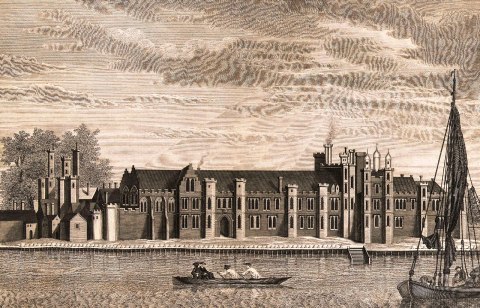 Palace of Placentia, Greenwich
Palace of Placentia, Greenwich
At the National Archives in Kew, I have studied letters sent by and received by King Henry VIII in the year 1518 and note that a number of common themes run through them, like letters through a stick of rock. One or two are very obscure, such as Henry’s feud with a Catholic churchman, Cardinal Hadrian, which we may leave to one side.
Others show Henry at his most human, I think. Early in January 1518 the King grants a licence to William Skerne to import “100 tons of beer.” In August he grants similar licences to allow the importation of 400 tons and 120 tons of Gascon wine. That is a lot of ale and wine! In the late spring the King tells The City of London that Edward Vaux has often been with them, trying to arrange the carriage of wine for the King’s Household from London to Abingdon, but “without effect.” He commands them to be more obedient in future!
In December, we read that Cardinal Wolsey’s master of works has paid the workmen and artisans who are involved in construction work at Hampton Court Palace. The Palace today is much larger than it was in the sixteenth century but the oldest parts of the buildings, including the Royal Kitchens, are very atmospheric. The payments mentioned are for timber, bricks, ironwork and plaster at Hampton Court, for making ponds and a moat, and for fencing the park there.
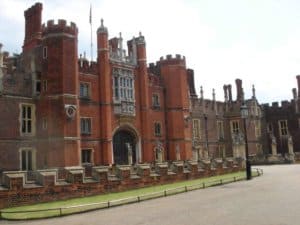 Hampton Court Palace today
Hampton Court Palace today
Occasionally, in the Royal papers, we see references to men being pardoned by the King for having killed someone in self-defence or by accident. One such case, early in the year, concerns John Halle of Chepyng Barnet, who killed John Ramsey in self-defence. In the summer, the King pardons William Wattys of Shroppham, Norfolk for killing a man by accident.
In July, the King is preparing to leave Woodstock, as two persons have died of “the sickness” and others are affected. The King and Queen will lodge at Ewelme, before the King goes to Byssham. A letter to Cardinal Wolsey says: “for they do die in these parts in every place, not only of the small pokkes and mezils, but also of the great sickness.” We still have measles, but fortunately not smallpox, and I think the great sickness certainly refers to the Plague, which broke out from time to time, and which, as we know, was to have such a devastating effect in London in 1665.
On 18th July the King has heard that one of Princess Mary’s attendants is sick with a fever, and he has ordered that Mary be brought from Enfield to Byssham Abbey. Mary, Henry’s only surviving child to date, is just three years of age, but King Henry has recently commissioned Cardinal Wolsey to deal with his counterparts in France, concerning peace and also to arrange a future marriage between Princess Mary and the Dauphin of France. Detailed papers are drawn up and agreed between the two countries’ monarchs, and on 16th October King Henry appears at Greenwich before his tribunal and publicly promises to fulfil the contract of marriage between Princess Mary and the Dauphin Francis, when the Princess “is of fit age.”
As far as international relations are concerned, one of the most pressing matters affecting Europe in 1518 was the behaviour of the Turkish Sultan. Pope Leo X writes to Henry to say that prompt measures must be taken to defend Europe against the Turks, and that he relies upon Henry’s aid in this. In August, Pope Leo asks Cardinals Wolsey and Campeggio to try to get the King of the Romans and the Kings of England, France and Spain to agree a five-year defensive league against the leader of the Turks, “who appears to be preparing an invasion of Christendom.” Cardinal Campeggio is sent by the Pope to meet King Henry, but the King and Cardinal Wolsey are not present when he arrives in London, “for fear of the infection.” Campeggio goes the following day to Greenwich to be received by the King.
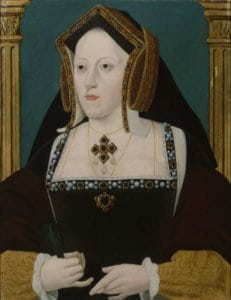 Queen Katherine
Queen Katherine
In July, Henry writes privately to Cardinal Wolsey to say “I trust the Queen my wife be with child.” In the course of their long marriage, Queen Katherine lost a number of children, who were either stillborn or lived only a short while. Her only child who survived King Henry was Princess Mary, who became Queen Mary I. The King hoped very much to have a son and heir, and was concerned about his wife in her new pregnancy. Very sadly, the baby girl born on 10th November did not survive many days.
King Henry VIII’s letters during the year 1518 give us a great insight into the Tudor court, Henry’s personal life and the politics of the time.
By Andrew Wilson. Andrew Wilson grew up in Lincoln and went to Durham University. For over twenty years he worked for an aid agency based in south west London. His interests are many, and include making acrylic paintings
